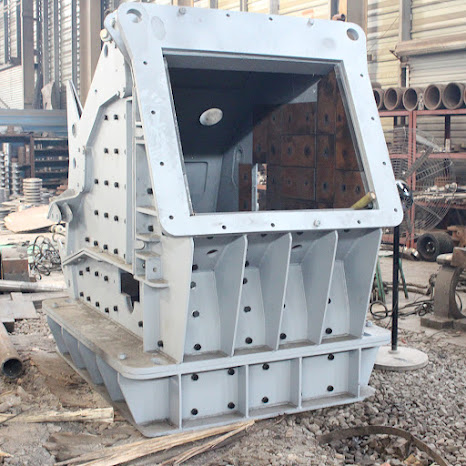The impact crusher is a machine designed to crush and shred materials at once. The main mechanical feature of the impact crusher is its rotor, which is the main instrument used to crush materials. The rotor is located between two or more mounted plates or anvils, called baffles, which bear the impact of the material to be crushed. The apron is made of abrasive materials such as stone, masonry or metal. The rotor driven by the motor has two or more sides, called aprons and anvils. These parts are called aprons and anvils, and they bear the impact of the crushed material. The main types of impact crushers include horizontal and vertical shaft impactors.
The impact crusher works by rotating the rotor at high speed. The material is impacted by the rotor and then thrown into the counterattack device. This process will continue to repeat until the required granularity is reached. After the crushing process is completed, the material is discharged through the outlet. This is a very effective way to break down large pieces of ore into smaller particles. If you have an impact crusher, you should make sure to check it regularly.
The impact crusher can be operated in single-sided or double-sided configurations, with or without screens. The feed material is fed into the crusher through one-sided or two-sided openings. During the size reduction process, approximately 60% of the energy input was due to initial collisions, and a small number of particle collisions occurred. The feed arrangement should make the feed evenly distributed across the width of the rotor to ensure uniform product gradation and uniform power consumption.
Impact crushers are usually equipped with adjustable curtains to help control the flow of materials through the crusher. The curtain allows you to control the amount of material that the impactor will retain. Then, the impactor will discharge the impacted material flow through the base frame. In addition to the rotor, the impact crusher can also be used to crush rocks. This type of crusher is ideal for rocks, gravel and other types of materials.
The impact crusher can be operated with a hammer with adjustable curtains. These curtains can adjust the material retention. The hammer will then hit the rock and remove the particles. The hammer should be removed as soon as possible. During operation, do not allow the hammer to hit the rotor. The rotor is fixed by a large moment of inertia.
Whether it is a traditional cone crusher or an impact crusher with a rotor, the rotor and cavity are designed to work together to achieve maximum capacity. They are connected to the hydraulic system, which is the main component of the system. The hammer will smash the material, but there will also be some adjustments. The hammer head is usually mechanically adjusted, which helps to adjust the gap between the rotors.

For more details contact WhatsApp +8618238543716
回复删除Impact Crusher